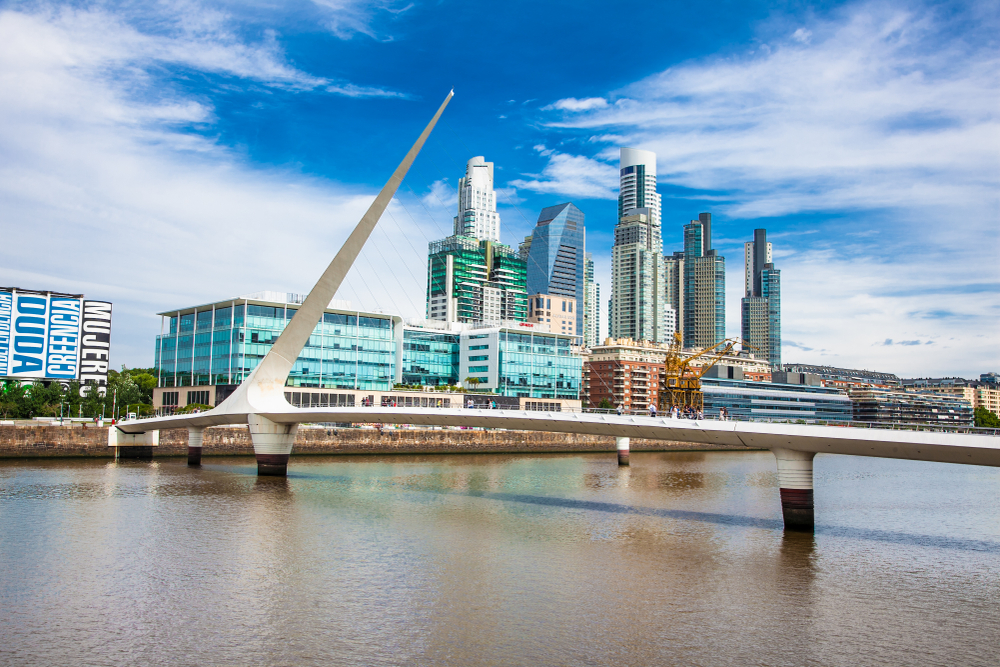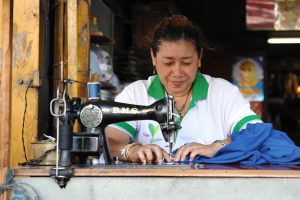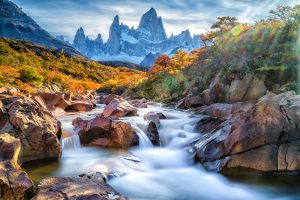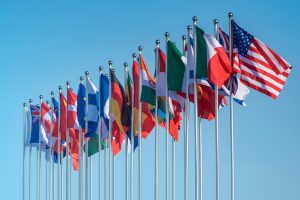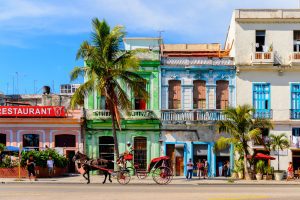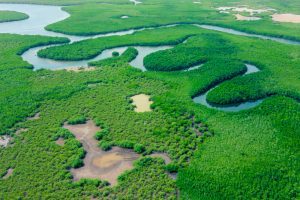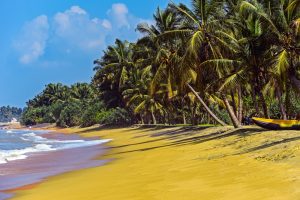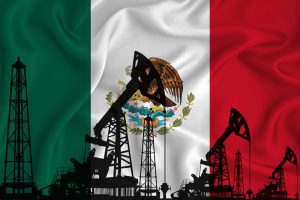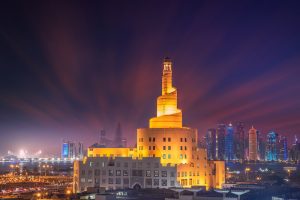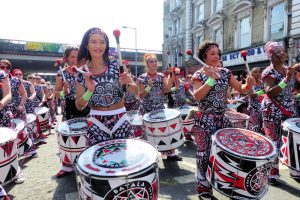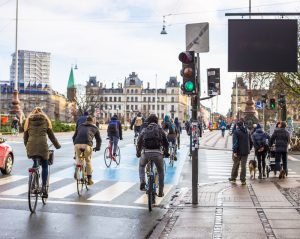Argentina is the biggest Spanish-speaking nation on earth, covering over one million square miles with a population of 45 million people.
The richest city in Argentina is Puerto Madero, a wealthy waterside neighborhood in the capital Buenos Aires.
Puerto Madero has a population of nearly 7,000 people and average property costs of around $700 USD per square foot.
Keep reading to learn more about Argentina’s richest city.
Table of Contents
Where is the most expensive place to live in Argentina?
Compared to other South American countries, Argentina ranks higher on the list of expensive places to live, along with Chile, Brazil, and Paraguay.
These countries are also more expensive to travel to, although it depends on which part you visit.
Puerto Madero, a riverside neighborhood in Buenos Aires, is the country’s richest area and the most expensive place to live, too.

Here’s a list of the most expensive residential areas in Argentina:
- Puerto Madero
- San Miguel de Tucuman
- Mendoza
- Bahia Blanca
- Mar del Plata
- Cordoba
- Rosario
As the wealthiest section of Buenos Aires, Puerto Madero contributes to the capital city’s high cost of living.
In Buenos Aires, the cost of living index is 37.17, although it is 66.29% less expensive than New York City.
Where is Puerto Madero, Argentina?
Puerto Madero is located in the central business district of Buenos Aires.
This capital city neighborhood is considered the richest part of Argentina, as a square meter of land sells for over $6,000 USD.
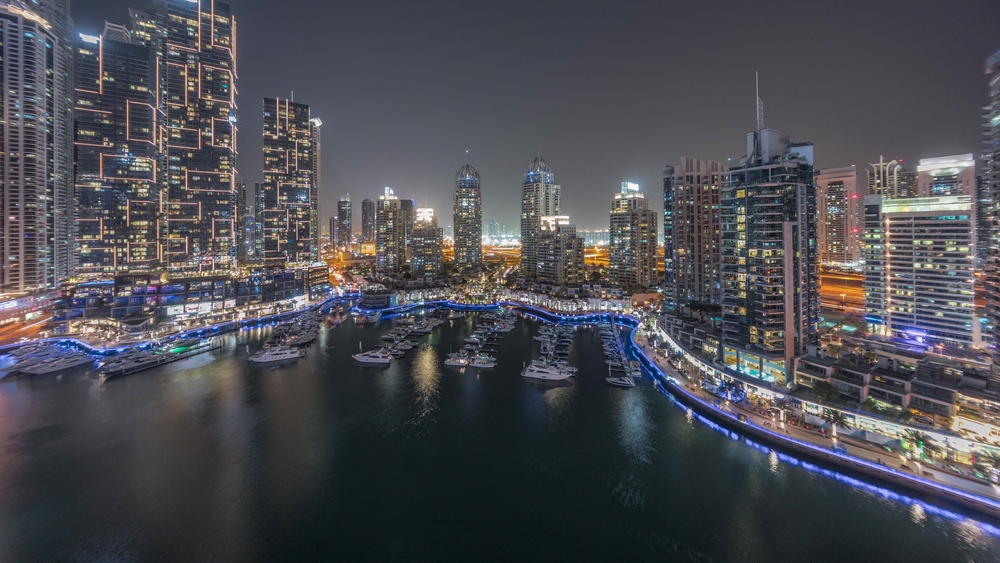
Comparable areas of Ipanema, Brazil, and Vitacure, Chile, are much cheaper, with a square meter of land costing $3,500.
Part of Puerto Madero’s appeal is the urban planning community’s waterfront location as the Uruguay River feeds into the Atlantic Ocean.
Local residents can choose from modern skyscrapers and valuable apartments within walking distance of the Costanera Sur Ecological Reserve.
There are great views of nearby lakes and the Puente de la Mujer suspension bridge, too.
Puerto Madero is surrounded by the neighborhoods of Monserrat, Almte Brown, and Asentamiento Lamadrid.
It’s about two miles from the heart of Buenos Aires and under an hour from La Plata, making it a convenient, central location.
Many people are willing to pay more to live in Puerto Madero, thanks to such an ideal location and great city living with 864 acres of nature reserve close by.

Why is Puerto Madero, Argentina, so rich?
The richest cities in Argentina and throughout the world are largely built on personal wealth, professional opportunities, and property value.
These things all factor into Puerto Madero’s wealth and how this planned community became the wealthiest neighborhood in Argentina.
It also helps that Argentina as a whole has one of the largest economies in South America, second only to Brazil.
Puerto Madero is seen as a beautiful place to live in the center of Buenos Aires, so the neighborhood attracts wealthy families and property investors.
The luxury real estate market is hot in Puerto Madero, where rental yield is around 4-5% and inflation is high.
The abundance of natural resources nationwide helps boost industries, so many millionaires choose Puerto Madero as their home base.
Also, the Argentine population is highly literate, with millions of people enjoying successful careers in the agricultural or industrial sectors.
This variety of employment opportunities has contributed to the country’s growth and made for some really rich areas, such as Puerto Madero and Barrio Parque.
Also, Argentina has a history of significant economic growth periods mixed in with recessions, and uneven income distribution makes some areas like Puerto Madero much richer than others.
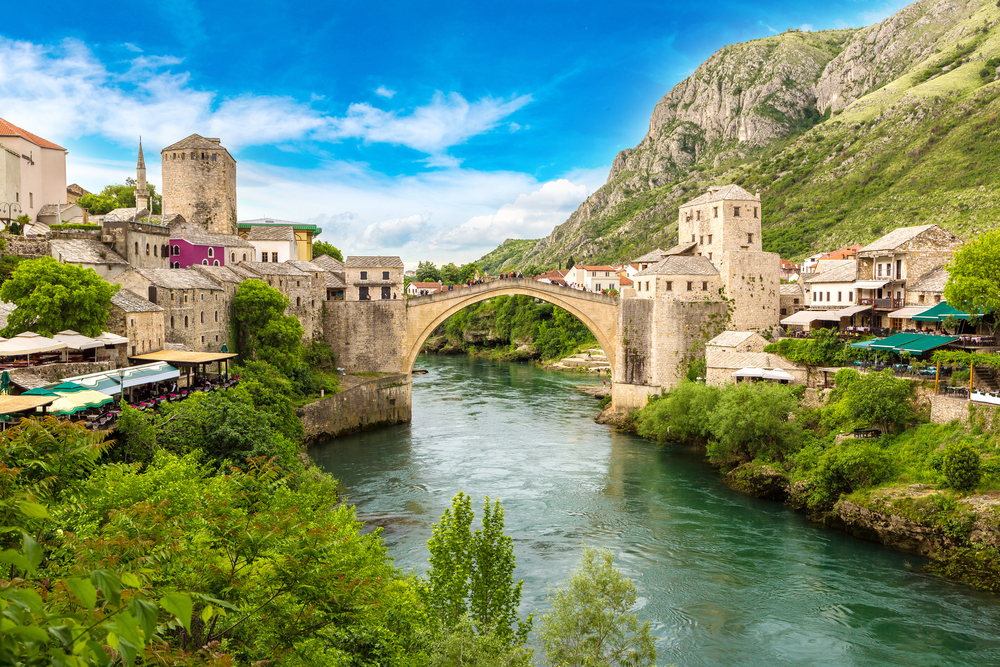
What is the poorest city in Argentina?
Although Puerto Madero, Argentina, is a rich and luxurious place to live, many parts of the country are quite poor.
Some of the poorest shanty towns are Villa Lugano, Villa Riachuelo, and Villa Soldati, where the average income is less than half of that in Recoleta, a much more affluent suburb.
Sadly, children born in poor shanty towns are twice as likely to die before they turn five compared to those born in richer parts of the city.
In Argentina, one out of three people lives in poverty, and the situation is much more dire in the southern neighborhoods where the unemployment rate is three times higher.
The likelihood of head of households finishing primary school is eight times lower, too.
Rampant 40% inflation has made matters worse in the poorest parts of Argentina.
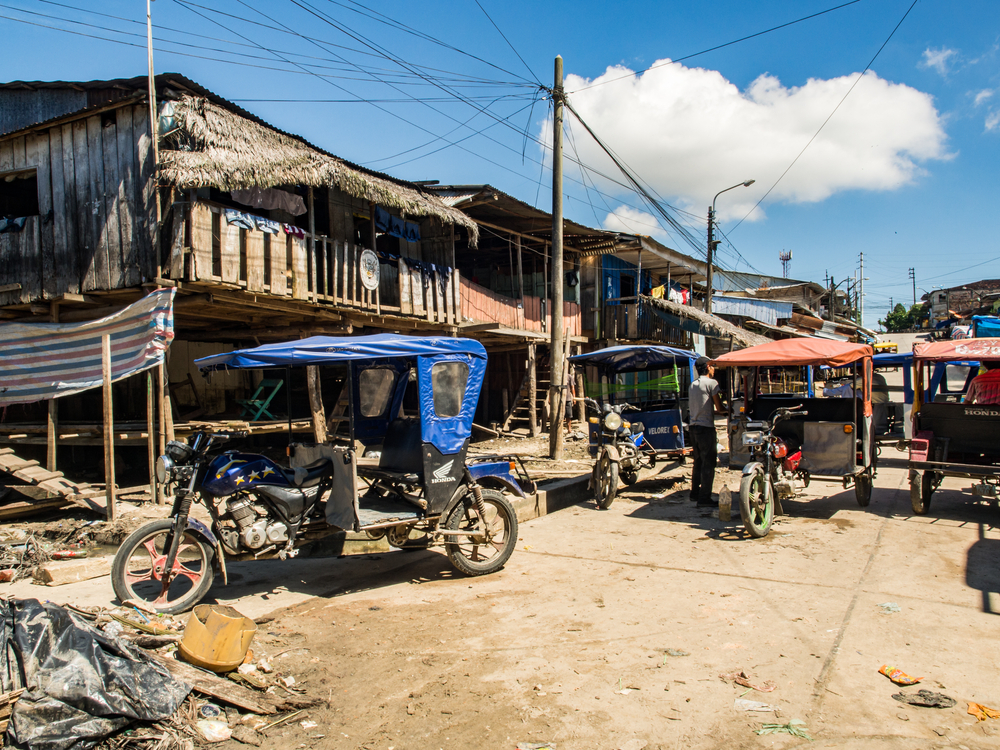
Salta City in the country’s north is another example of Argentinian poverty, as more than 45% of people live below the poverty line.
A family of four needs $547 USD to cover basic food, education, and health expenses and avoid slipping into poverty.
In Salta City, many agricultural and industrial workers are struggling to survive on half that amount, painting a far different picture than the rich streets of Puerto Madero.
Where is the cheapest place to live in Argentina?
Although poor places in Argentina are negatively impacted by poverty and the country’s unequal wealth distribution, there are opportunities for people to live much cheaper than in rich neighborhoods like Puerto Madero.
Buenos Aires may be called the Paris of South America, but there are many cheap places to live both in and out of the capital with lower costs of living, including:
- Tandil ($374)
- San Juan ($386)
- La Plata ($458)
- Santiago del Estero ($467)
- San Fernando de la Buena Vista ($480)
- Puerto Madryn ($507)
- Cordoba ($590)
Tandil is located northwest of Tandilia hills in southeastern Buenos Aires.
The lower cost of living puts Tandil in the top 4% of cheapest cities in the world, although it comes in 86th on the list of the best cities to live in for Argentinians.
Does Argentina have a lot of poverty?
Argentina is known for its beautiful beaches and rich Spanish culture, but like many other developing nations, it has its fair share of poverty.
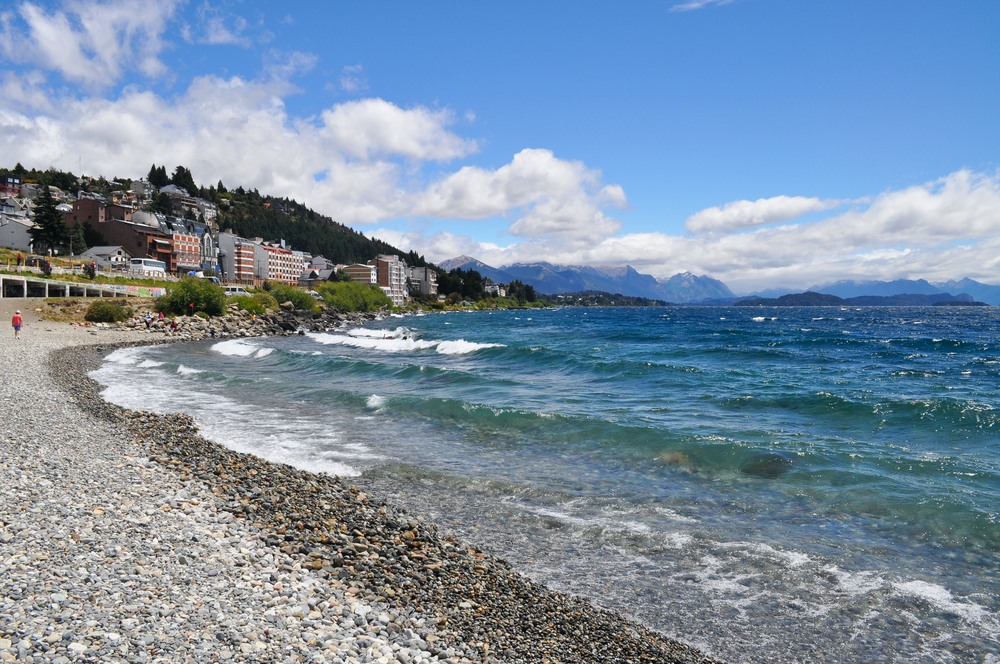
Although Argentina’s agricultural and industrial job market is steady, unemployment and poverty remain serious concerns, with one in three people in poverty.
The 2020 unemployment rate was 11.67%, a nearly 2% increase from the year before.
Class inequality continues to cause poverty problems in Argentina, as the rich are very rich, and the poor are very poor.
Life expectancy and quality of life are much higher in the middle of Buenos Aires than in the southern shanty towns where many families survive on less than half the wage typically needed to live.
The COVID pandemic saw Argentina’s poverty rate rise to 42%, leading to calls for more government intervention to support families in need.
Is Argentina a good place to live?
Overall, Argentina is a good place to live with a mix of richer cities and cheaper neighborhoods.
It has the third-highest population in South America and is the largest Spanish-speaking country with unique geography spanning beautiful coastline, rugged mountains, and dense forests.
Those looking for a luxurious lifestyle typically prefer the bright lights and business opportunities of Buenos Aires, with Puerto Madero the richest area.
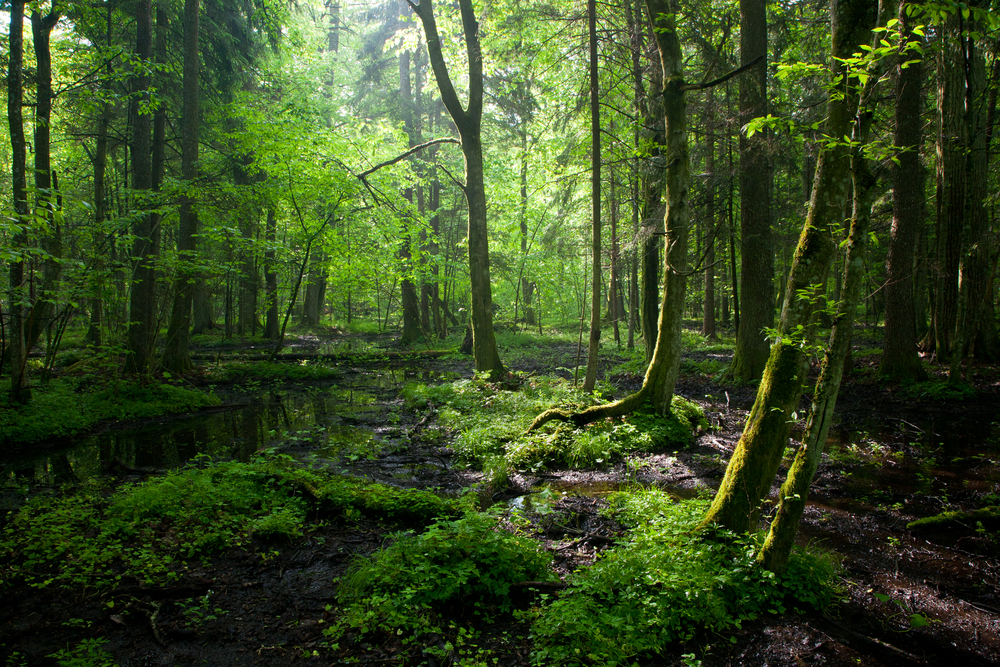
Recoleta, Palermo Chico, and Belgrano are other affluent areas of Argentina. Tandil, San Juan, La Plata, and Santiago del Estero are cheaper areas to live in while still avoiding the devastating poverty of some shanty towns.
45 million people live in Argentina, and with its abundant natural resources, strong economy, and variety of cities and rural areas, the population is set to continue growing.

